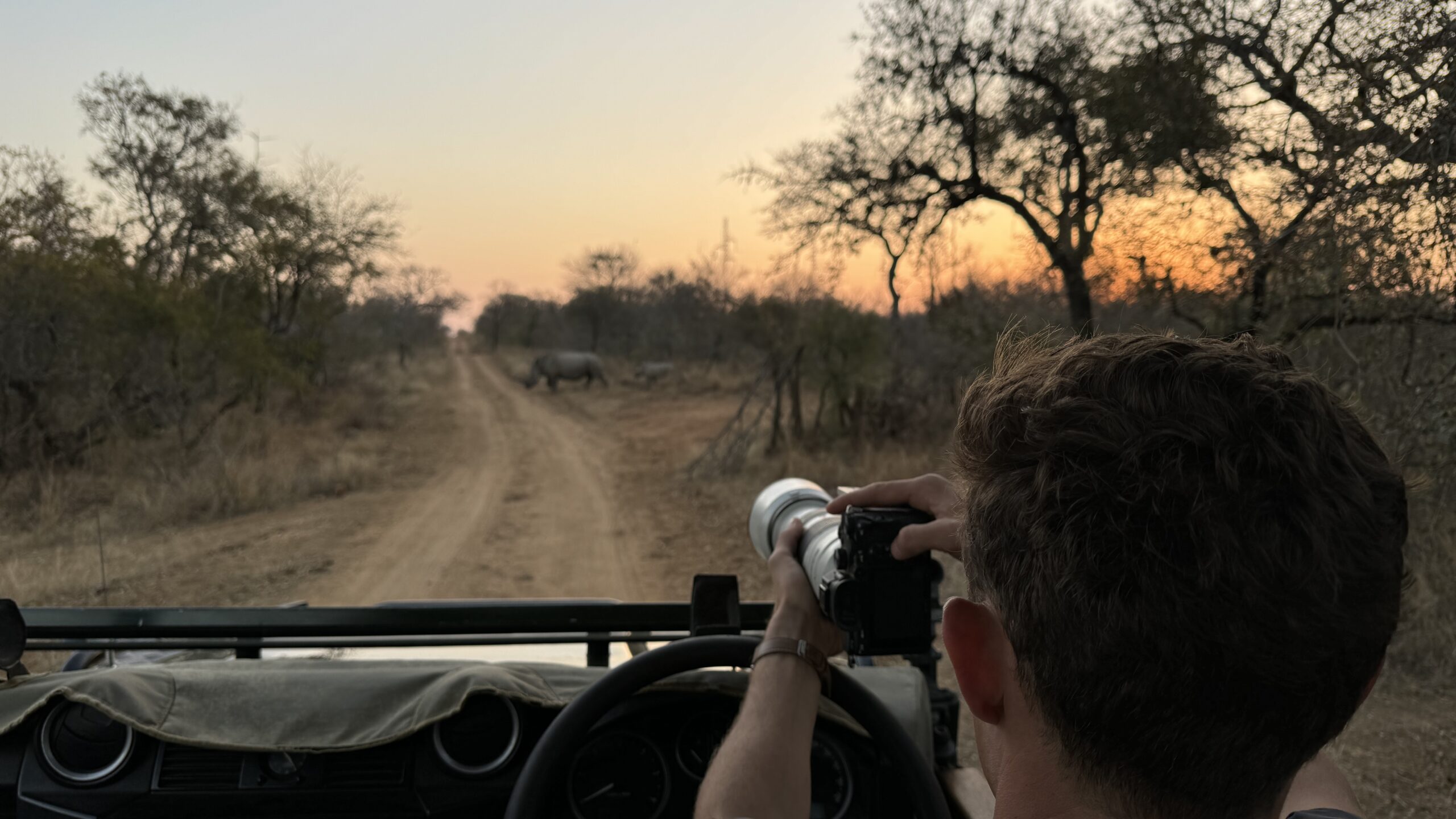
If you are an animal lover and conservation enthusiast like myself, you are probably driven to traveling to Africa over and over again. While I have embarking on many thrilling safaris across the continent, one of my most profound experiences was at Jabulani Safari in the Kapama Private Game Reserve. This special place offers a […]
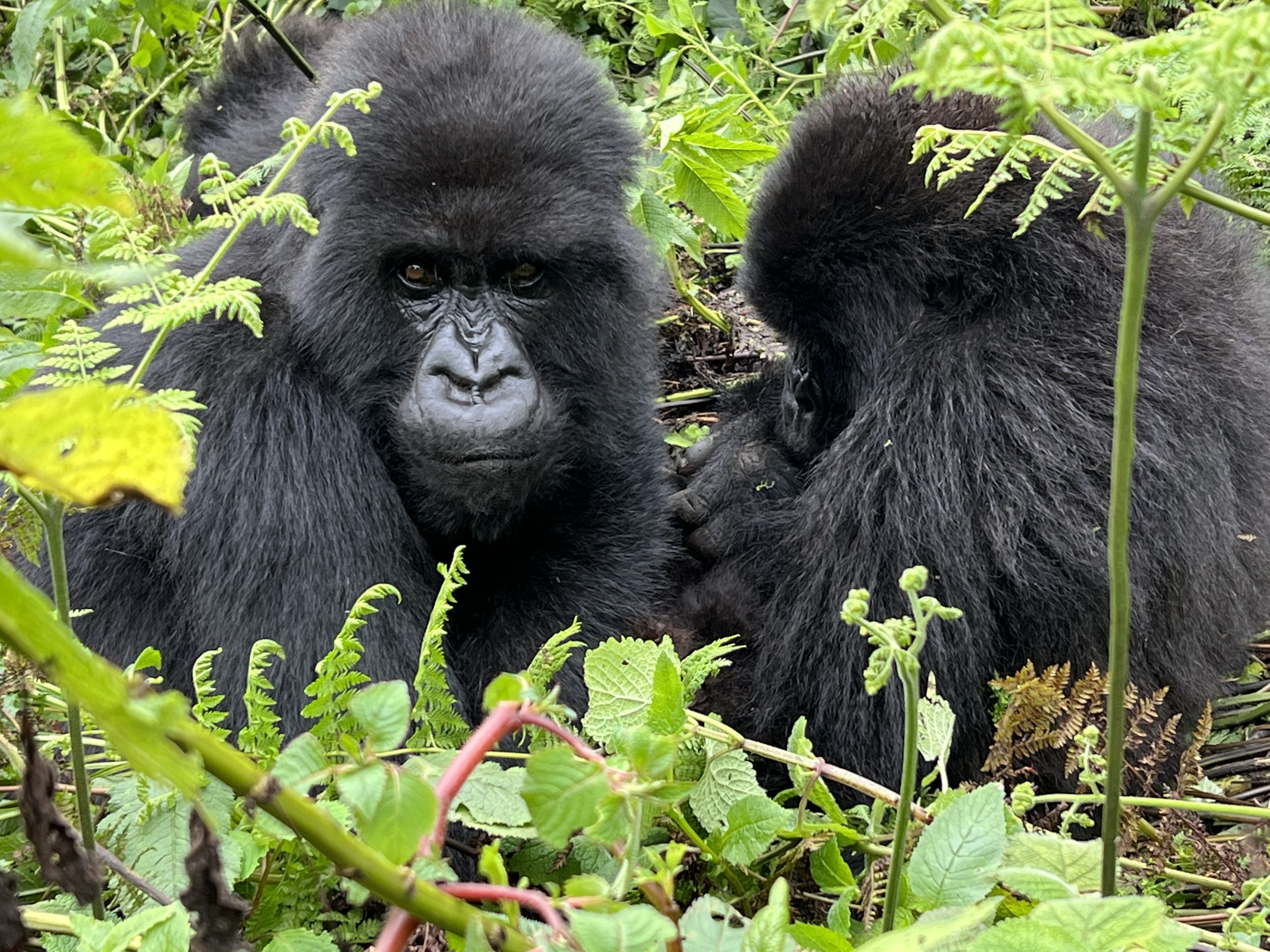
If you are a wildlife junkie like I am, gorilla trekking should be on your bucket list. Most people go on a wildlife safari to Africa, starting with the Masai Mara in Kenya or Kruger National Park in South Africa. Over the years, I have done many safaris and game drives through Africa and seen […]
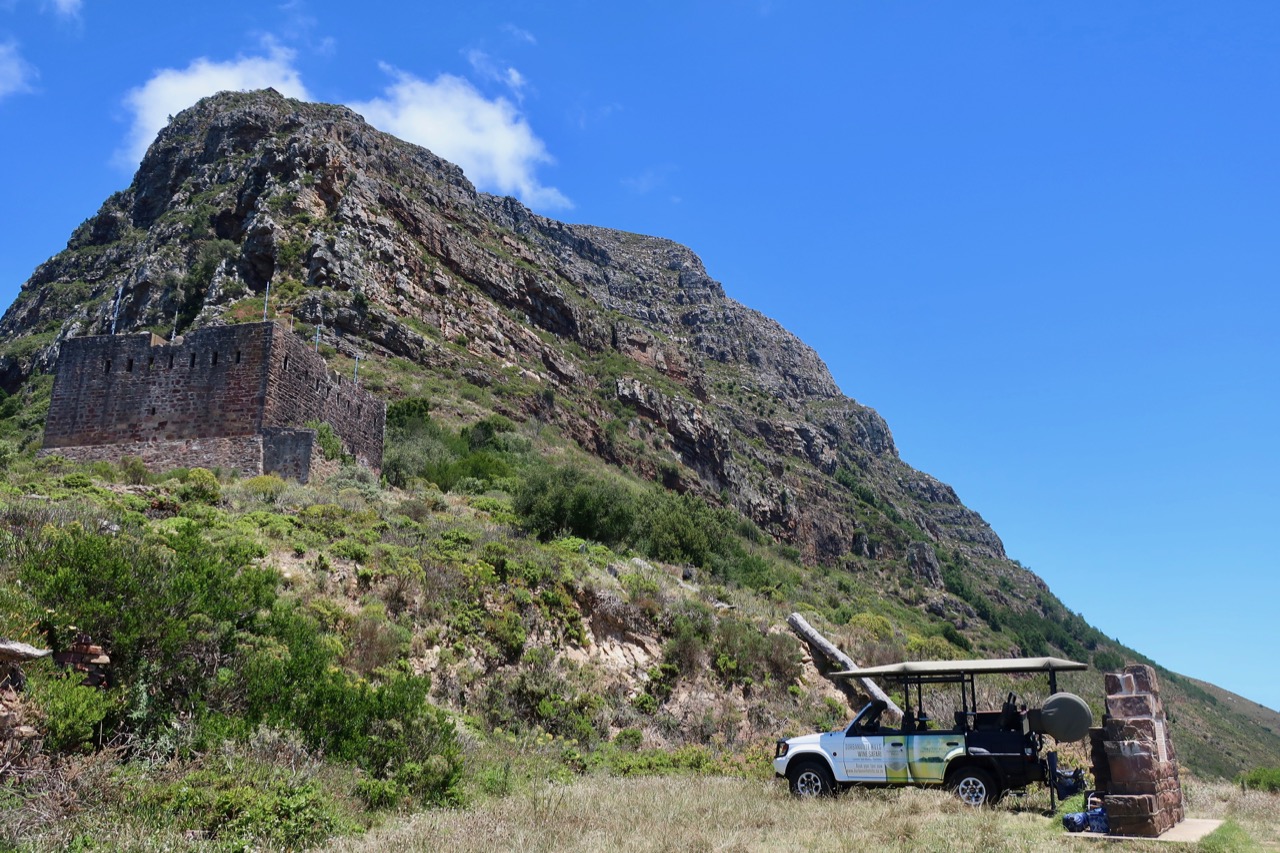
Take a scenic drive for an alternate way to see Table Mountain in Cape Town with Durbanville Hills Table Mountain Wine Safari.
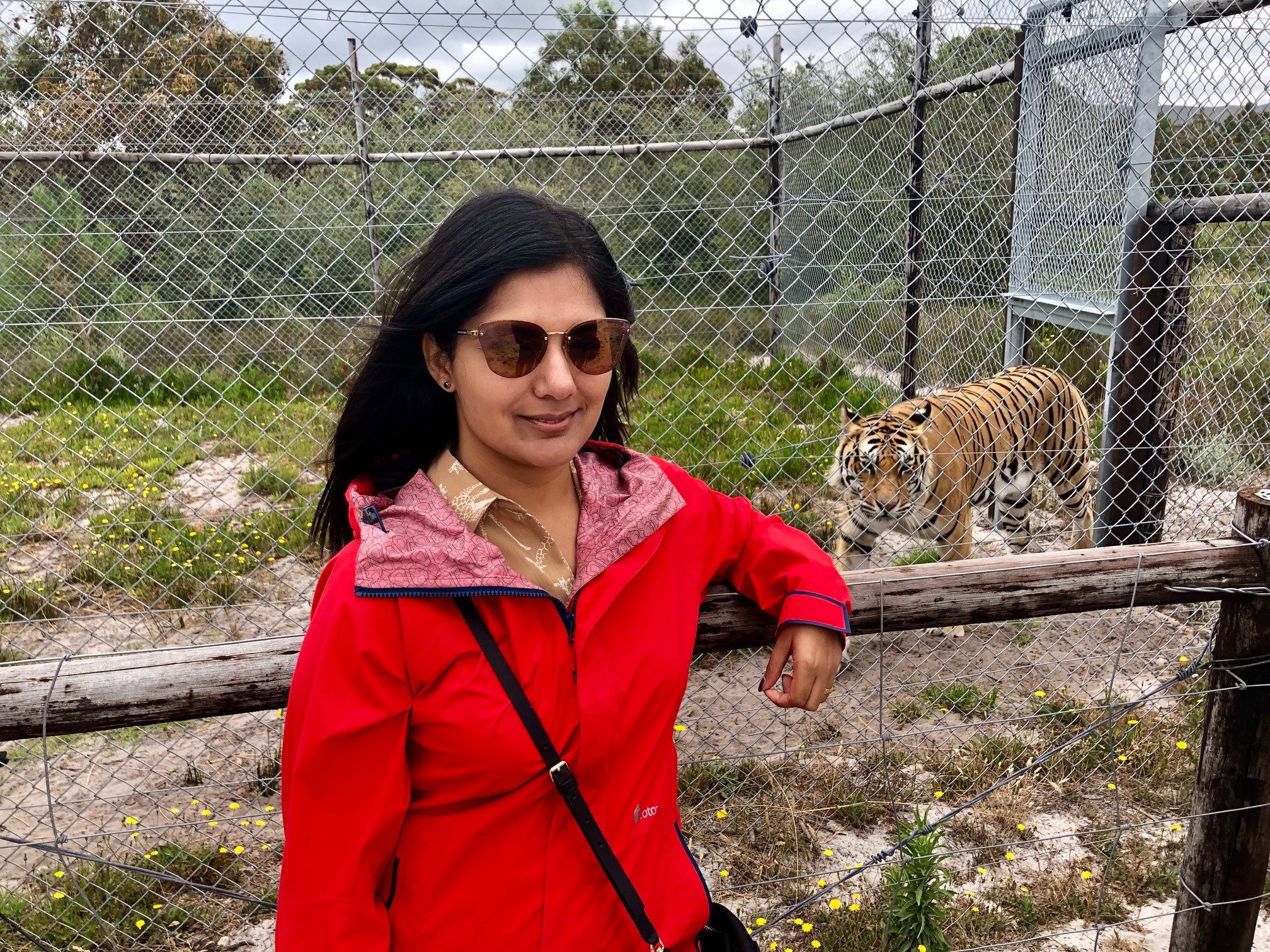
Don’t fall for fake sanctuaries. Here are some places in South Africa where you can see wildlife and truly help towards their conservation.
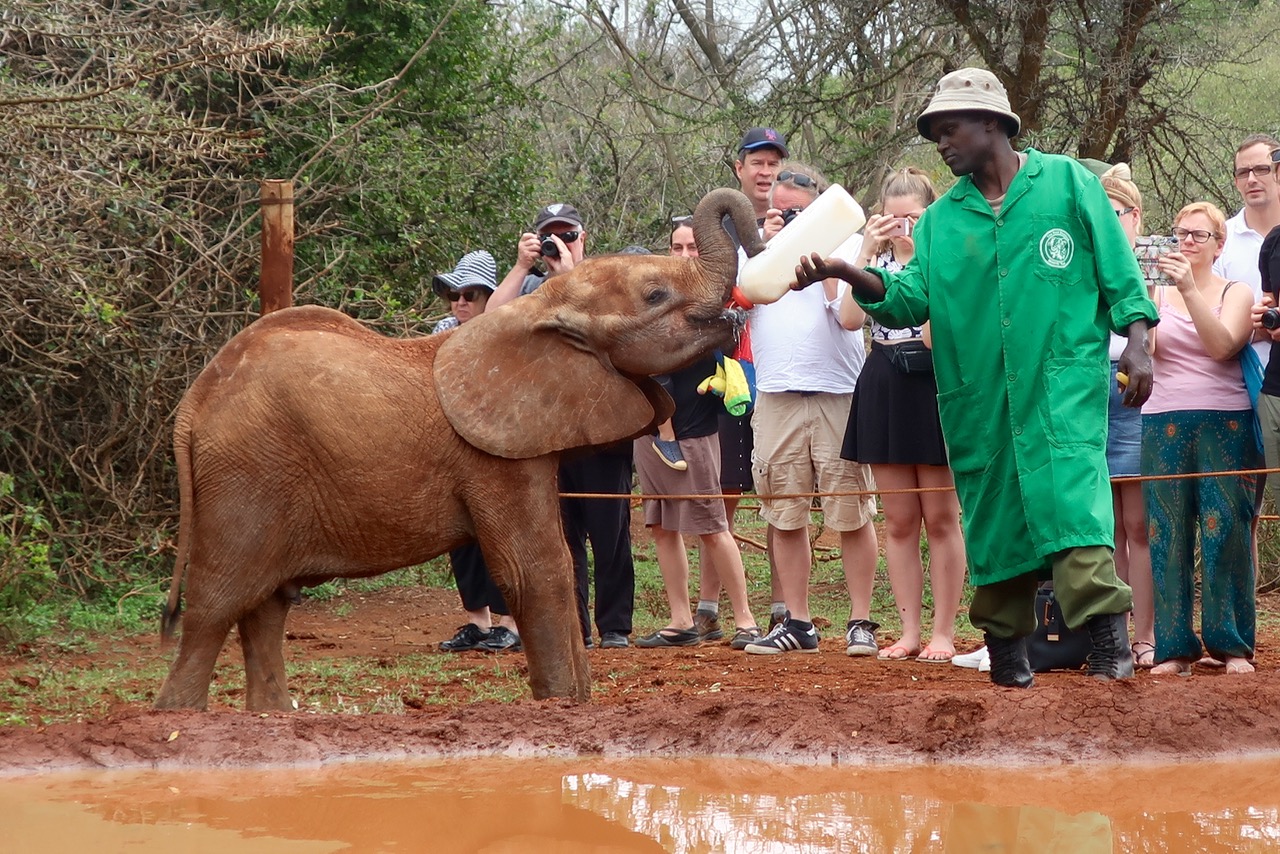
If you are traveling to Asia, you are probably very excited at the prospect of seeing, even riding elephants. But do you know that around 75% of the world’s captive elephants have been illegally captured, with over 3,000 used for entertainment in Asia alone? PETA, whose driving force is that animals are not ours to […]
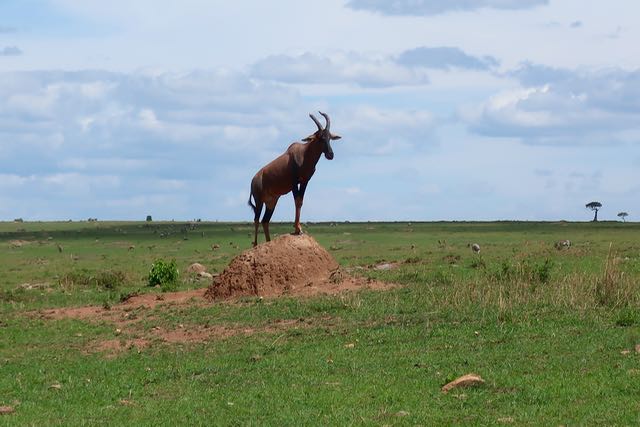
Are you addicted to those National Geographic documentaries on Wild Africa where they show lions hunting down a buffalo or thousands of wildebeests migrating across the Serengeti? I have probably exhausted the entire selection on big cats and wildlife shows found on Netflix. So, when I planned my trip to Masai Mara in Kenya with […]